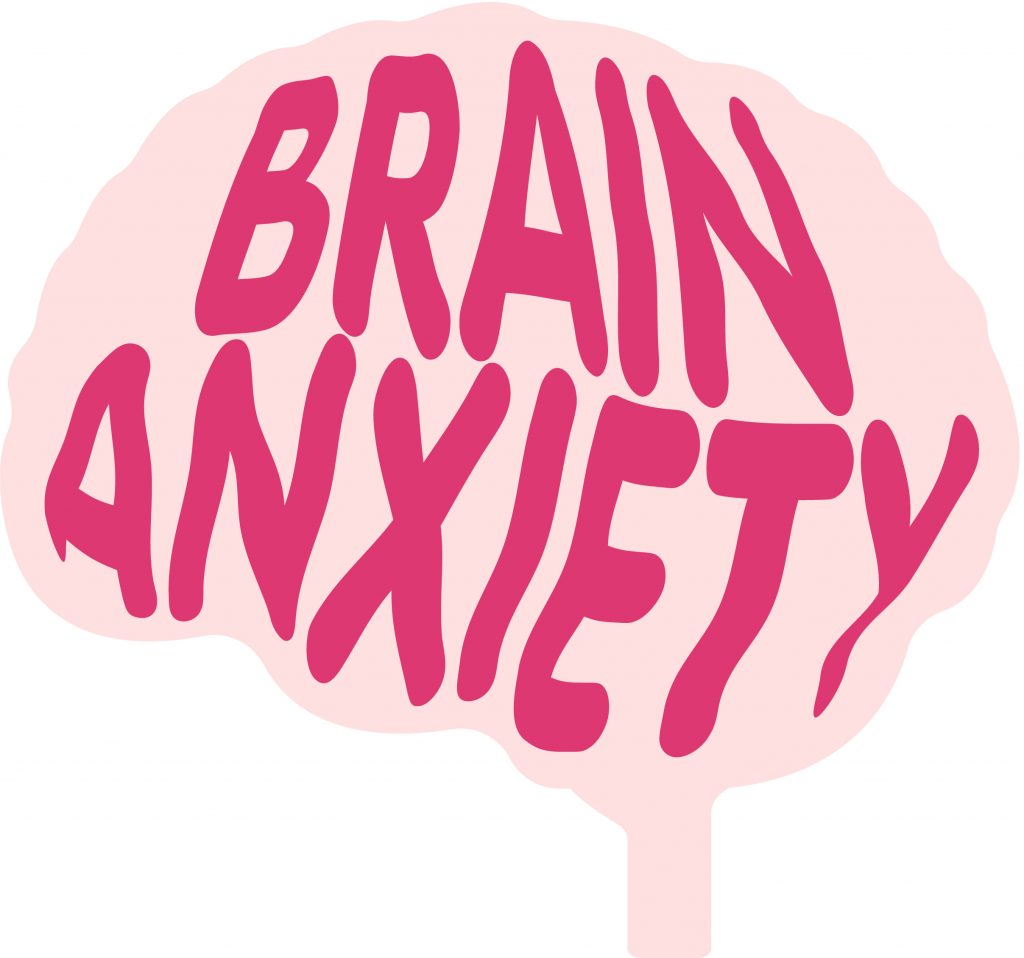HACK YOUR MATH ANXIETY
You’re sitting at home, trying to figure out a math problem. Your mind wanders from “I can’t do this,” to “I’m better off working on that other assignment, for science…” The thought of sitting down to work on math homework might even make your heart race.
If you’re feeling like this, you’re likely experiencing math anxiety.
Obviously, anxiety can occur for various reasons, but on May 14, Mt. Hood students and staff had the chance to listen to noted researcher-author E.A. Francis Hruzek discuss how the brain functions, ways to manage anxiety, and how college staff and tutors can best support students who are experiencing symptoms of anxiety.

The majority of Hruzek’s presentation (“A Neurohacker’s Guide to Math Anxiety”) discussed the work of Daniel Kahneman, a Nobel laureate honoree. Kahneman’s work explains the functions of the human brain as two systems: System 1, and System 2.
System 1 is fast-thinking, generates intuitive responses, and does a majority of the day-to-day functioning. System 1 is much more economical when it comes to using the body’s energy to function, and is essentially our autopilot mode. Meanwhile, System 2 requires slow thinking, generates corrective and rational responses, and requires a large amount of the body’s energy to work. It usually take some amount of effort to use this second system.
A natural response our brain has between these systems is to quickly shift out of the more-relaxed System 2 state-of-mind, when in any dangerous situation. And an anxious mind has trouble staying in the System 2 state, since math can be perceived as a danger to the individual.
If someone identifies themselves as being bad at math, having someone invalidate or attack their identity also triggers the same anxious state. This is why it’s important for educators and tutors to know how to work with someone with these tendencies, Hruzek said.
The experience of anxiety can take several forms, she noted: negative self-talk, being easily distracted, and having physical responses such as a racing heart, sweaty palms, slumped posture, and ragged breath.
Hruzek also shared ways to manage anxiety and allow the brain to shift from System 1 to System 2. A popular technique is called the “Five Sense Grounding Technique,” which has the anxious individual find five things they can see; four things they can feel; three things they can hear; two things they can smell; and one thing they can taste.
Another common technique is deep breathing, which Hruzek explained is like remote control for the brain. Meta-cognition, or being self-aware, also can help. She also mentioned that due to the tendencies of a math-anxious individual – avoidance or being afraid to ask for help – it is helpful to have those students visit tutoring services early in the term, and to have extended preparation for tests.

Leave a comment